Imagine you own a small vacant plot, less than a quarter acre, in a quiet residential neighborhood. Its slope and wedge shape makes it less than ideal for development, but it is not serving any purpose sitting vacant behind a fence. It gets plenty of sun exposure, has a nutrient-rich clay soil and is located next to a reservoir and walking distance from four elementary schools… got any ideas yet?
The San Francisco Public Utilities Commission (SFPUC) is turning such odd little parcels in their portfolio into community assets. 25 years ago, a similar small and sloped lot became a teaching garden in the Inner Sunset neighborhood just a few miles from the Pacific Ocean, where visitors can learn about growing food, saving water, composting and other gardening skills. This successful model was adapted for a vacant lot on the other side of town in the Bernal Heights neighborhood. In April of this year, the College Hill Learning Garden opened its gate to the community for the first time, after two and a half years of planning, design and construction.
San Francisco Bay Area landscape architects Pam Nagle and Jeni Weber were charged with the task of writing an educational curriculum program for the garden as well as designing it, unusual for a landscape architecture assignment. Pam Nagle explained:
Although there are other food-producing community gardens in San Francisco, SFPUC saw an opportunity to augment science education (specifically natural eco-systems and their interaction with city infrastructure) for K-5 students in public schools in the immediate area. SFPUC has a strong commitment to supporting urban agriculture and sustainability/stewardship through a variety of projects on lands they currently control.
The goals of the Learning Garden are to educate K-5 students about our city’s water, wastewater, renewable energy and energy efficiency systems as well as provide hands-on exposure to healthy food cultivation and sustainable living practices.
Curriculum designer Emily Ritchie elaborated:
The program is designed around seven major themes that are integral to the concept of sustainability, with great care being taken to ensure the abstract and sometimes opaque concept of “sustainability” could be made as simple, concrete and accessible as possible… Those seven themes designed into the final conceptual framework for the site and educational program are: watersheds, rain gardens, planting for a healthy planet, urban food systems, our shared habitat, full cycle (turning “waste” into resources) and power in the city… Conceptually, the framework and content of this SFPUC learning garden educational program were founded in the previous work I had done with Education Outside, a non-profit that creates and staffs green schoolyard and outdoor classroom programs across the San Francisco school district.
This site and program are unique in that the program and physical space were designed collaboratively between the architects and curriculum designers to ensure [that] an experiential component for each key sustainability concept be present on site.
The garden is off the grid and features include solar panels, a composting toilet, rain gardens, a vegetable garden, pollinator garden and an outdoor classroom. Squeezing in all these elements into less than a quarter of an acre plus making the garden wheelchair accessible with an over 11% grade were among the biggest challenges to the design team. “It was a very delicate balancing act getting the ramps to work and maximizing the areas of flat, accessible classroom space,” said Pam Nagle, but there is a silver lining: “The slope of the site actually lends itself to education about watersheds, which is one focus of our Field Trip curriculum.”
The site soils were challenging too. Nagle explained, saying “During the planning and design phase, we did soils testing with a geotechnical engineering firm, who confirmed that there were dense, silty clay soils on-site with a very low percolation rate. This meant that capturing and sinking all of the rain water/runoff on-site as we had originally envisioned (with the rain gardens and storage pipes retaining the veggie beds) was not entirely feasible. We needed to add drainage infrastructure to be sure we could send any excess water to the storm drain on Elsie Street.”
While all the features of the garden are not up and running, an on-site educator has been hired and part-time classes are being held this summer, allowing the curriculum to be field-tested and adjusted before the school year begins. Classes visit from various summer school programs throughout the City two days a week. The curriculum, designed to be open-source, should be posted on the SFPUC website this fall.
Adults in the community will be able to get involved soon as well. Pam Nagle, who lives nearby, can often be found in the garden attending to small details and loose ends: “Public comment has been coming in, and the feedback from the neighbors so far has been overwhelmingly positive, so we are very happy about that. Although the garden is not yet open full-time, we are planning future community open house and planting/work-play days as we continue to grow the garden.”
At this point, SFPUC is the sole funding source for the Garden and its programming. Educational grants and other outdoor educational organizations may be brought in to partner in the future. Nagle and Weber would like to recognize other key players in the development of the garden:
- Hart Wright Architects
- Urban Design Consulting Engineers (civil engineers)
- Santos & Urrutia Structural Engineers
- Luminalt Solar Energy Solutions
- Arsenio Ortega, electrical engineer
- JDB & Sons Construction, general contractor
- On the SFPUC side:
- SFPUC employees Yolanda Manzone and Laura Page, who helped steer the project from the beginning phases and construction team project managers Mauli Vora and Daniel Alvarado.
- Mary Pearsall Land Studio
Meanwhile, what could you do with that little unused space in your community?
Ellyn Shea is an arborist and consultant in San Francisco.

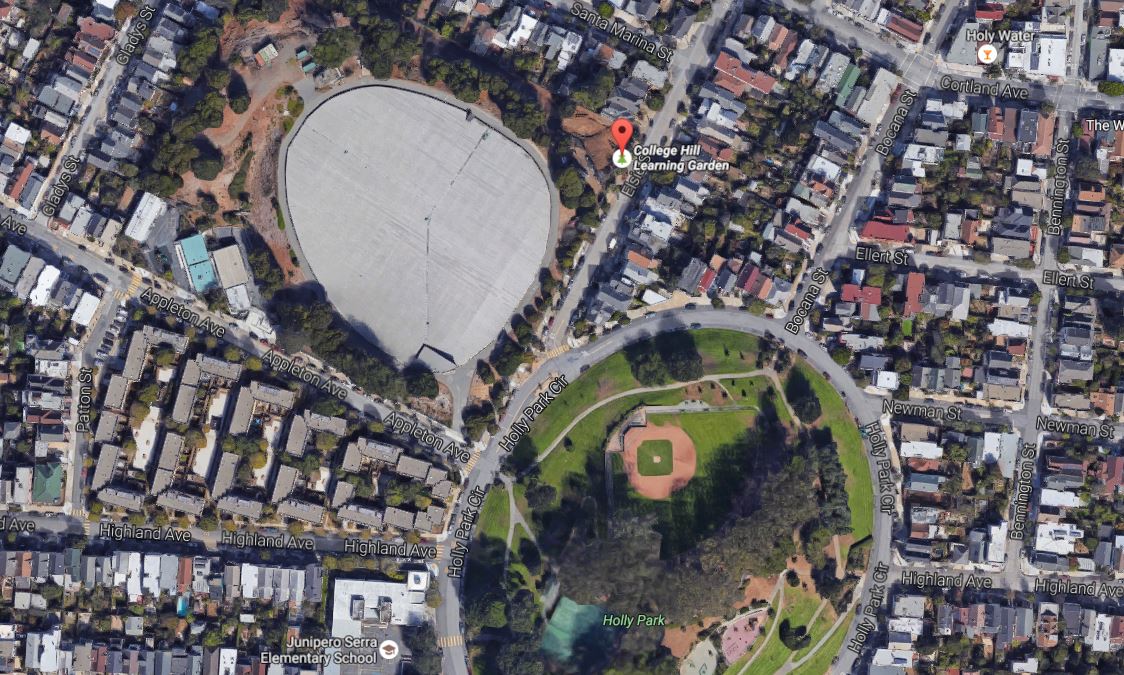
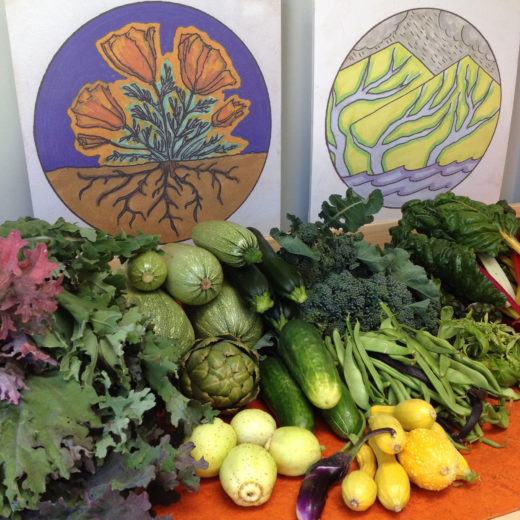
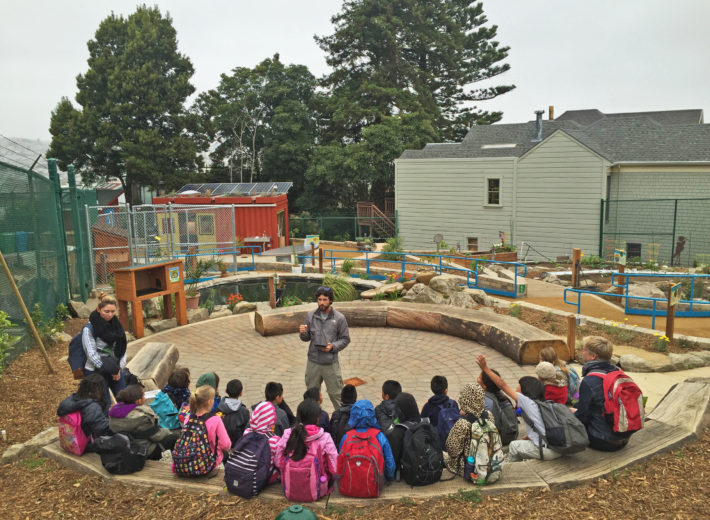
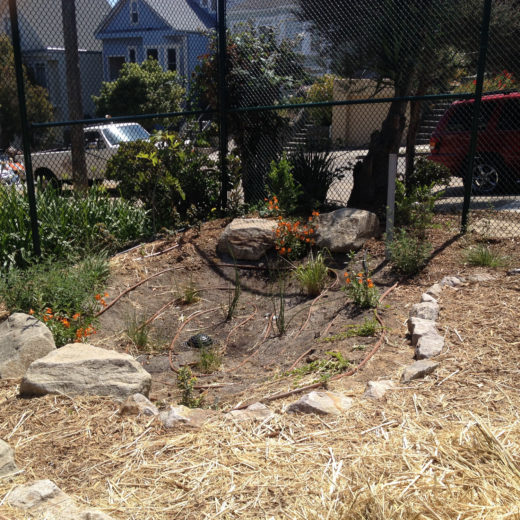
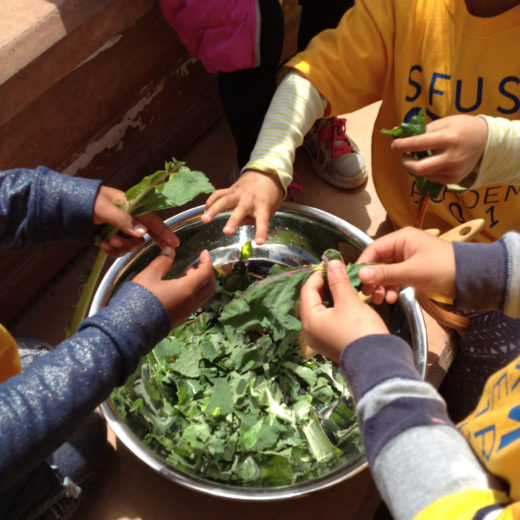





Leave Your Comment